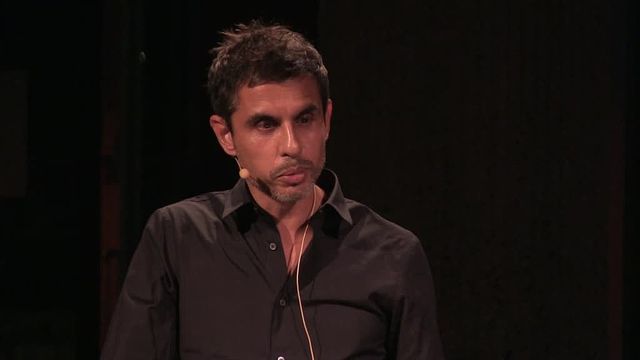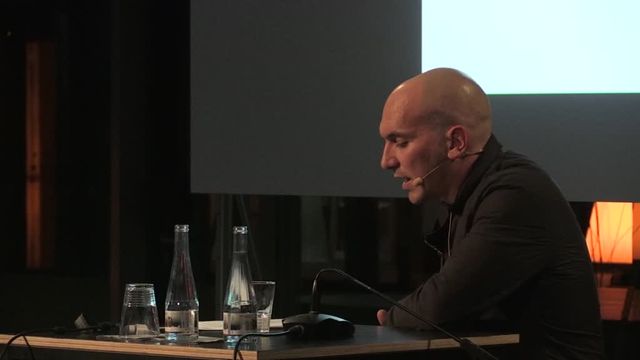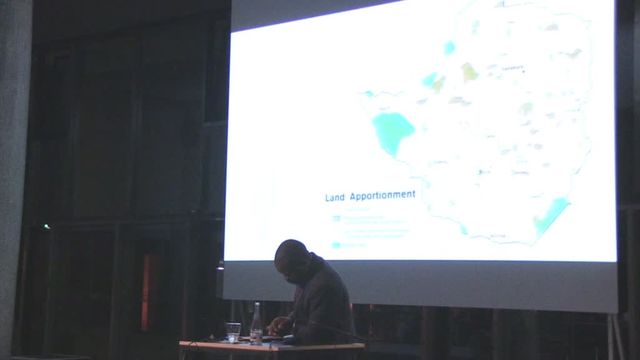Investigation
Trauma: The Language of the Technosphere
The Technosphere, Now

With Rana Dasgupta, S. Løchlann Jain, Clapperton C. Mavhunga, Matteo Pasquinelli, Lucy A. Suchman
What happens when technology rivals nature in shaping the Earth? Starting with The Technosphere, Now, a four-year project investigates how social, environmental, and technological forces intertwine in the Anthropocene to form a technosphere.
How is the technosphere inscribed into individual human bodies? How are they restructured along a complex machinery of instruments, techniques, simulations? Which kinds of injuries and frictions result from it? Five lecture-performances offer close readings of traumatic interface between humans and technology in the technosphere.
In this investigation we explore trauma as a way of understanding the impact of the technosphere on individual bodies, based on the premise that the technosphere body is disclosed in and through trauma. This conception frees the notion of trauma from its hackneyed psychoanalytic treatment and locates it within a general process of ontological- and epistemological-becoming in the technosphere. It conceives of trauma in terms of processes of recursion, iteration, and memory, by which violence and disruption inscribe themselves within cultural and technological systems. When this happens, it becomes necessary for the individual, the culture, or the environment to create new ways of living with and around the scars left by a traumatic event. TRAUMA therefore invites reflection on this polymorphic process of wounding, recovery, and adaptive (or maladaptive) reiterations.
In this performance-lecture ethnographer S. Løchlann Jain examines how commodities and violence sustain one another in the technosphere. According to Jain, society dedicates ever-increasing sums of money to preserving life and preventing death on the highway. Yet the safety defined in this data is narrowly circumscribed by technical, economic, and even aesthetic imperatives of the auto-industry. In this performance Jain demonstrates the aesthetic limits of proof, demonstrations, and data on auto-deaths.
Do we have any real “memory” of traditional relationships to earth, to nature, and to society itself? Would the loss of such memories constitute a trauma? And if it did, how would this trauma display itself in the life of a society? In this panoramic presentation novelist Rana Dasgupta traces the data-trails of the technosphere, from rural artisan cultures of India through new cultures of global desire, making stop-offs at Facebook and Hollywood along the way.
What happens to warfare transposed from flesh to data? In this lecture anthropologist Lucy Suchman examines the connection between real and imagined trauma through a close-reading of Flatworld, a virtual world that trained U. S. soldiers for urban combat in Iraq.
How does anticolonial struggle define the limits to the technosphere? In this intervention historian of technology Clapperton Mavhunga examines how the traumatic effects of colonialism in Zimbabwe became a site for the construction of indigenous modes of politics and technology.
Matteo Pasquinelli offers an archaeology of the cybernetic brain as it evolved from the interwar studies of German-Jewish neurologist Kurt Goldstein, to case light on the multiple possibilities and histories embedded in our age of ‘intelligent machines.’




